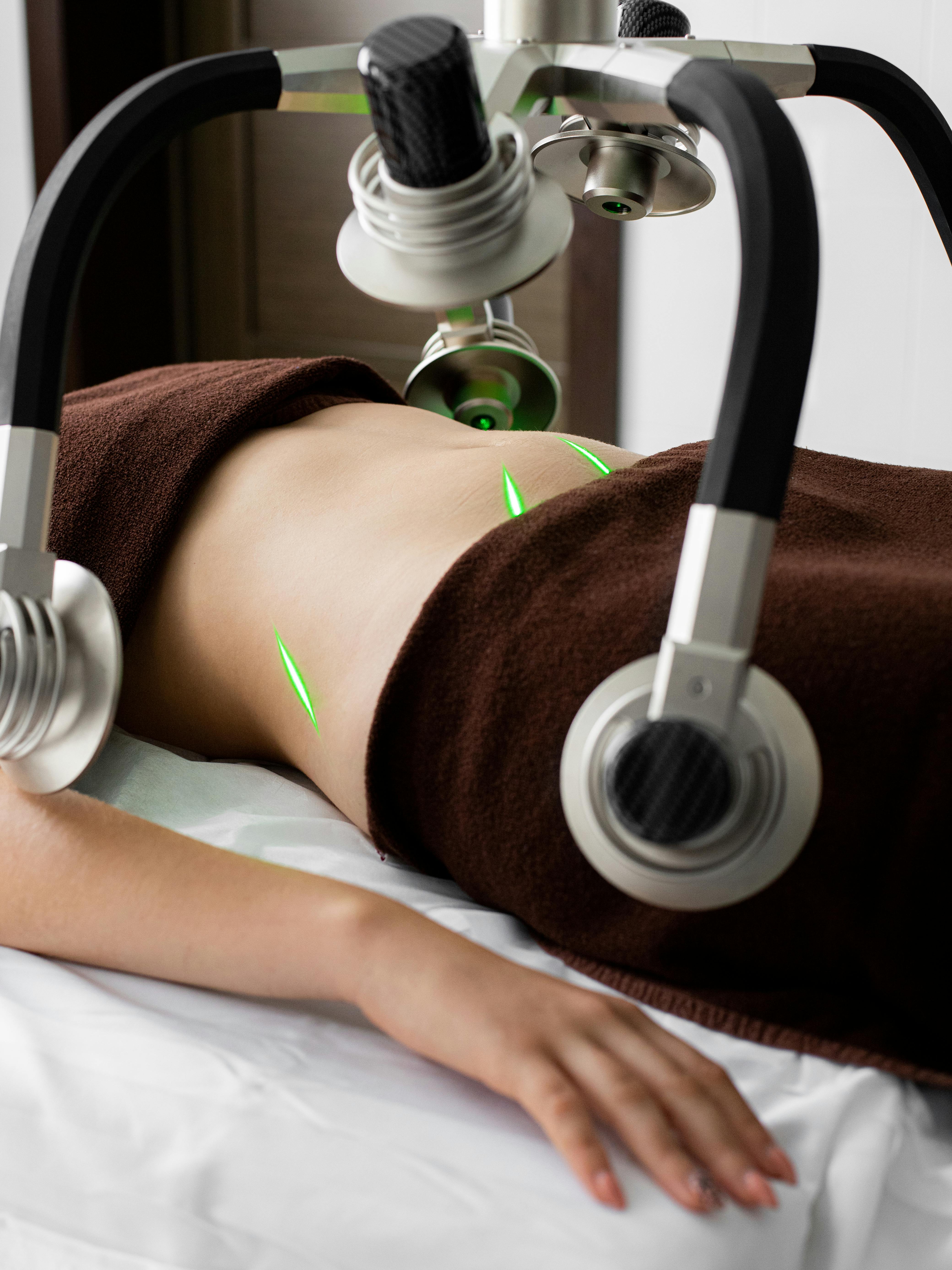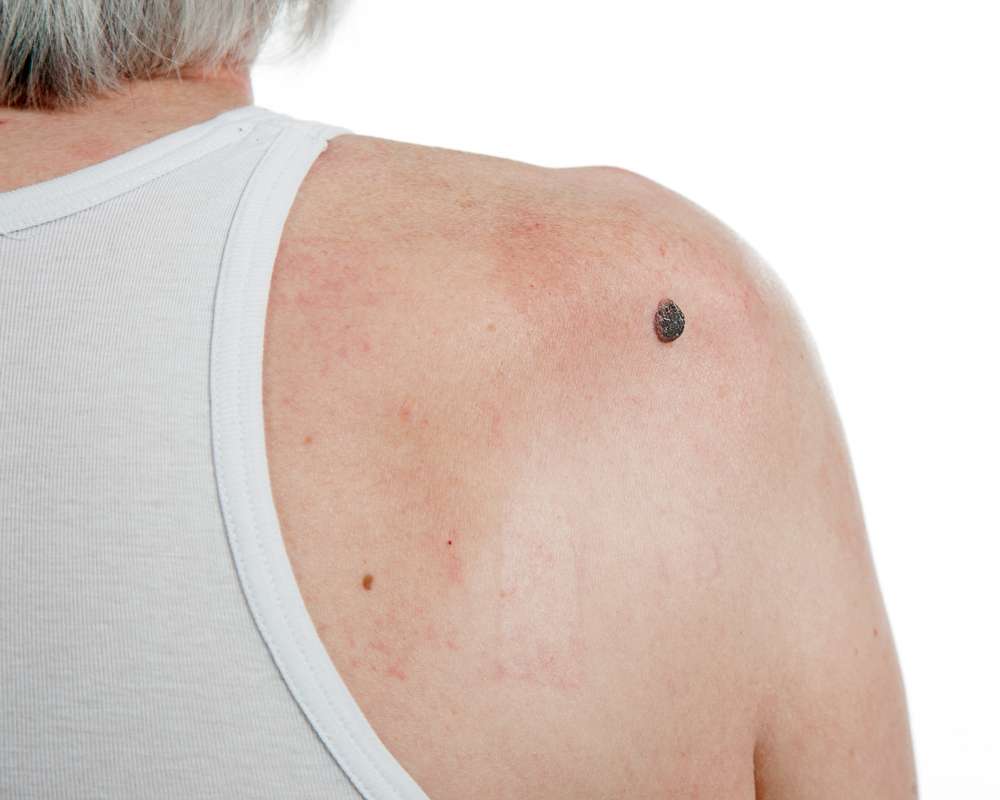Cellulite Treatment Procedures Benefits
Cellulite affects millions of women worldwide, causing dimpled, lumpy skin that can impact self-confidence. While not a medical concern, many seek treatments to reduce its appearance. This article explores various cellulite treatment procedures and their potential benefits, helping you make informed decisions about your skincare options.

What causes cellulite and who is most affected?
Cellulite occurs when fat deposits push through the connective tissue beneath the skin, creating a dimpled appearance. Women are more prone to cellulite due to hormonal factors and the structure of their connective tissues. Genetics, age, and lifestyle factors also play a role. While cellulite can affect anyone, it’s most common in women, particularly on the thighs, buttocks, and abdomen.
What are the most common cellulite treatment procedures?
Several cellulite treatment procedures are available, ranging from non-invasive to minimally invasive options:
-
Radiofrequency therapy: Uses radio waves to heat and break down fat cells.
-
Ultrasound treatments: Employs sound waves to target and disrupt fat cells.
-
Laser therapy: Utilizes laser energy to break down fat and stimulate collagen production.
-
Subcision: A minimally invasive procedure that cuts the fibrous bands pulling down on the skin.
-
Carboxytherapy: Involves injecting carbon dioxide beneath the skin to improve circulation.
-
Massage and mechanical treatments: Uses specialized devices to knead and manipulate the skin.
How effective are cellulite treatments, and what results can be expected?
The effectiveness of cellulite treatments can vary widely depending on the individual and the specific procedure. Most treatments offer temporary improvements, lasting anywhere from a few months to a year or more. Results typically include smoother skin texture, reduced dimpling, and improved overall appearance of the treated areas. However, it’s important to note that no treatment can completely eliminate cellulite permanently.
Are there any risks or side effects associated with cellulite treatments?
While generally considered safe, cellulite treatments can have potential risks and side effects:
-
Bruising and swelling: Common with most procedures, usually temporary.
-
Skin irritation or redness: Particularly with heat-based treatments.
-
Uneven results: Some areas may respond better than others.
-
Infection: A rare risk with invasive procedures.
-
Changes in skin sensation: Temporary numbness or increased sensitivity.
It’s crucial to discuss potential risks with a qualified healthcare provider before undergoing any treatment.
What lifestyle changes can complement cellulite treatments?
In the United Kingdom, as in many countries, a holistic approach to cellulite reduction is often recommended. This includes:
-
Regular exercise: Focusing on strength training and cardiovascular activities.
-
Balanced diet: Emphasizing whole foods, lean proteins, and plenty of fruits and vegetables.
-
Hydration: Drinking adequate water to support skin health and circulation.
-
Massage: Regular self-massage or professional treatments to improve circulation.
-
Skin care: Using topical products with ingredients like caffeine or retinol.
These lifestyle changes can enhance the effects of professional treatments and help maintain results longer.
What are the costs and availability of cellulite treatments in the UK?
Cellulite treatment costs in the UK can vary significantly depending on the procedure, provider, and location. Here’s a general overview of some common treatments:
| Treatment | Provider Type | Estimated Cost Range |
|---|---|---|
| Radiofrequency | Aesthetic clinics | £100 - £300 per session |
| Ultrasound | Medical spas | £150 - £400 per session |
| Laser therapy | Dermatology clinics | £200 - £500 per session |
| Subcision | Cosmetic surgeons | £1,500 - £3,000 per area |
| Carboxytherapy | Aesthetic clinics | £100 - £250 per session |
| Massage treatments | Beauty salons | £50 - £150 per session |
Prices, rates, or cost estimates mentioned in this article are based on the latest available information but may change over time. Independent research is advised before making financial decisions.
Most treatments require multiple sessions for optimal results, which should be factored into the overall cost. Many clinics offer package deals for a series of treatments. It’s advisable to consult with multiple providers to compare prices and treatment plans.
In conclusion, while cellulite is a common concern for many women, various treatment options are available to help reduce its appearance. From non-invasive procedures to more intensive treatments, the choice depends on individual preferences, budget, and desired results. Combining professional treatments with lifestyle changes can offer the most comprehensive approach to managing cellulite. As with any cosmetic procedure, it’s essential to have realistic expectations and consult with qualified professionals to determine the best course of action for your specific needs.
This article is for informational purposes only and should not be considered medical advice. Please consult a qualified healthcare professional for personalized guidance and treatment.




